Introduction
Sauerkraut, a tangy, crunchy fermented cabbage dish, has been a culinary staple across Europe and beyond for centuries. Its humble beginnings trace back to ancient China, where cabbage was preserved through lacto-fermentation, a process that transforms fresh vegetables into a probiotic-rich, shelf-stable delight. Today, sauerkraut is celebrated not only for its distinct flavor but also for its health benefits, including improved digestion and immune support. This article delves into the time-honored technique of pickling cabbage, offering a detailed roadmap to create authentic sauerkraut at home. From selecting the finest ingredients to mastering fermentation, you’ll learn how to preserve cabbage’s natural crispness while unlocking its umami depth.
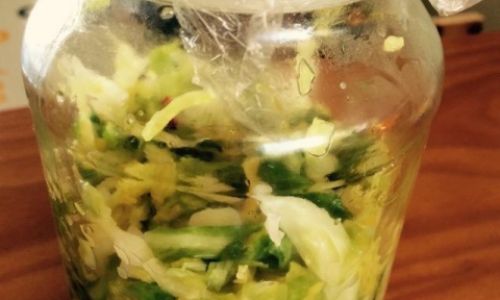
Ingredients and Tools: The Foundations of Fermentation
To embark on your sauerkraut-making journey, gather the following:
- Fresh Cabbage: Opt for firm, compact heads with crisp leaves. Green cabbage is traditional, but red cabbage adds a vibrant hue.
- Salt: Use non-iodized sea salt or kosher salt. Avoid table salt, which contains anti-caking agents.
- Optional Flavor Enhancers: Juniper berries, caraway seeds, garlic, or shredded carrots.
- Tools:
- A large mixing bowl or crock.
- A sharp knife or mandoline for shredding.
- Clean, sterilized glass jars or a fermentation crock.
- A wooden tamper or spoon for packing.
- Cheesecloth or a breathable lid to keep pests out.
Step-by-Step Guide to Pickling Cabbage
Selecting and Preparing the Cabbage
Choose cabbage heads that feel heavy for their size, with unblemished leaves. Remove the outer layers, which may be wilted or dirty. Rinse the head under cool water, then pat it dry. Using a chef’s knife, quarter the cabbage and slice out the tough core. For shredding, a mandoline ensures even, thin strips (about 2mm thick), which ferment uniformly. Alternatively, slice the cabbage into fine ribbons by hand.
Salting and Massaging: The Key to Brine
Transfer the shredded cabbage to a large bowl. For every 1.5 kg of cabbage, sprinkle 1.5–2 tablespoons of salt. Toss gently to distribute the salt, then let it sit for 10–15 minutes. This allows the salt to draw moisture from the cabbage, creating a natural brine.
Next, massage the cabbage vigorously for 5–10 minutes. You’ll notice it becoming limp and releasing liquid—this is the brine forming. The goal is to produce enough liquid to submerge the cabbage entirely during fermentation. If the brine seems scarce, add a pinch of salt and massage further.
Packing the Jars: Eliminating Air Pockets
Place the cabbage into sterilized jars or a crock, pressing it down firmly with your fists or a tamper. Add any optional flavorings at this stage. Ensure the cabbage is tightly packed to eliminate air pockets, which can spoil the ferment. Pour the accumulated brine over the cabbage until it’s fully submerged. Leave 1–2 inches of headspace at the top of the jar to prevent overflow during fermentation.
Weighting and Covering
To keep the cabbage beneath the brine, use a weight. This could be a small glass jar filled with water, a ceramic fermentation weight, or a clean stone. Cover the jar with cheesecloth or a coffee filter secured with a rubber band. This allows gases to escape while keeping out dust and insects.
The Fermentation Process: Patience and Observation
Fermentation thrives in a cool, dark environment (18–22°C or 65–72°F). Avoid direct sunlight, which can degrade nutrients and alter flavor.
Day 1–3: Bubbles will rise as lactic acid bacteria multiply, consuming sugars in the cabbage and producing lactic acid. This acid lowers the pH, preserving the cabbage and creating tanginess.
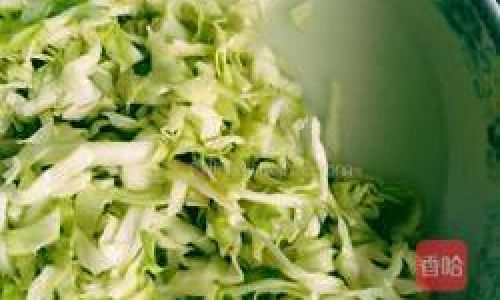
Day 4–7: The brine may become cloudy, and the cabbage will soften slightly. Skim off any scum or mold that forms on the surface—it’s harmless if caught early.
Day 7–14: Taste the sauerkraut daily. When it reaches your desired tanginess (typically 2–4 weeks), transfer it to the refrigerator to halt fermentation.
Storage and Aging
Store sauerkraut in airtight jars in the refrigerator, where it will keep for several months. For longer-term storage, consider canning in a water bath (though this kills probiotics). Alternatively, let batches age in a cool cellar for complex flavors.
Tips for Fermentation Success
- Salt Ratio: Use 1.5–2% salt by weight for optimal preservation without excessive saltiness.
- Temperature Control: Fluctuations can slow or halt fermentation. Use a thermometer to monitor.
- Brine Levels: If the cabbage isn’t submerged, mix 1 teaspoon of salt into 1 cup of water and add it.
- Avoid Metals: Use wooden, plastic, or glass tools—metal can react with acids.
Troubleshooting Common Issues
- Mold: Skim it off immediately. If the mold is fuzzy and colorful, discard the batch.
- Soft Texture: Over-fermentation or insufficient salt. Adjust salt ratios next time.
- Cloudy Brine: Normal; it’s caused by lactic acid bacteria.
- No Bubbles: Check the temperature—too cold, and fermentation stalls.
Serving Suggestions and Pairings
Sauerkraut’s versatility shines in global cuisines:
- German-Style: Pair with bratwurst, mustard, and rye bread.
- Asian Fusion: Mix with kimchi, tofu, and rice noodles.
- Salads: Toss with shredded carrots, apples, and a lemon vinaigrette.
- Soups: Add to hearty stews like borscht or chili.
Health Benefits: More Than Just Flavor
Fermented cabbage is a nutritional powerhouse:
- Probiotics: Boost gut health by balancing intestinal flora.
- Vitamin C: Enhances immunity and skin health.
- Fiber: Aids digestion and promotes satiety.
- Antioxidants: Combats oxidative stress and inflammation.
Conclusion
Mastering the art of cabbage pickling is a rewarding journey that connects you to ancient culinary traditions. While the process requires patience, the result—a jar of vibrant, tangy sauerkraut—is a testament to the magic of fermentation. Experiment with flavors, adjust salt levels, and savor each crunchy bite. Whether you’re a novice or seasoned fermenter, this guide equips you to craft sauerkraut that delights the palate and nourishes the body. So, grab a head of cabbage, and let the fermentation begin!
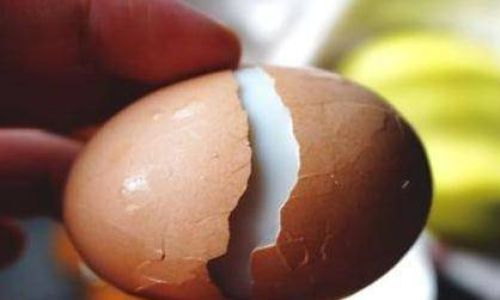
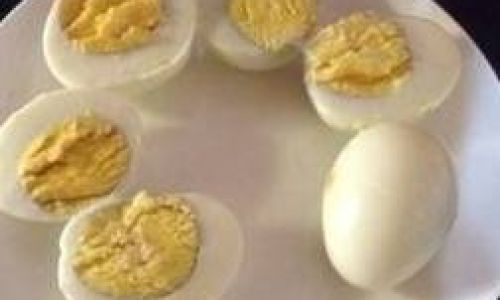
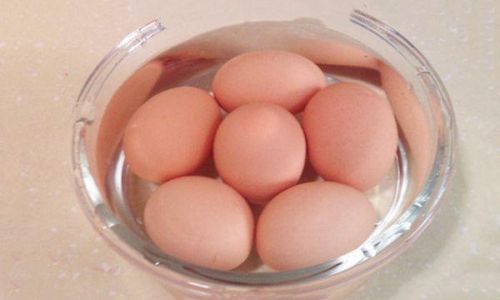



0 comments